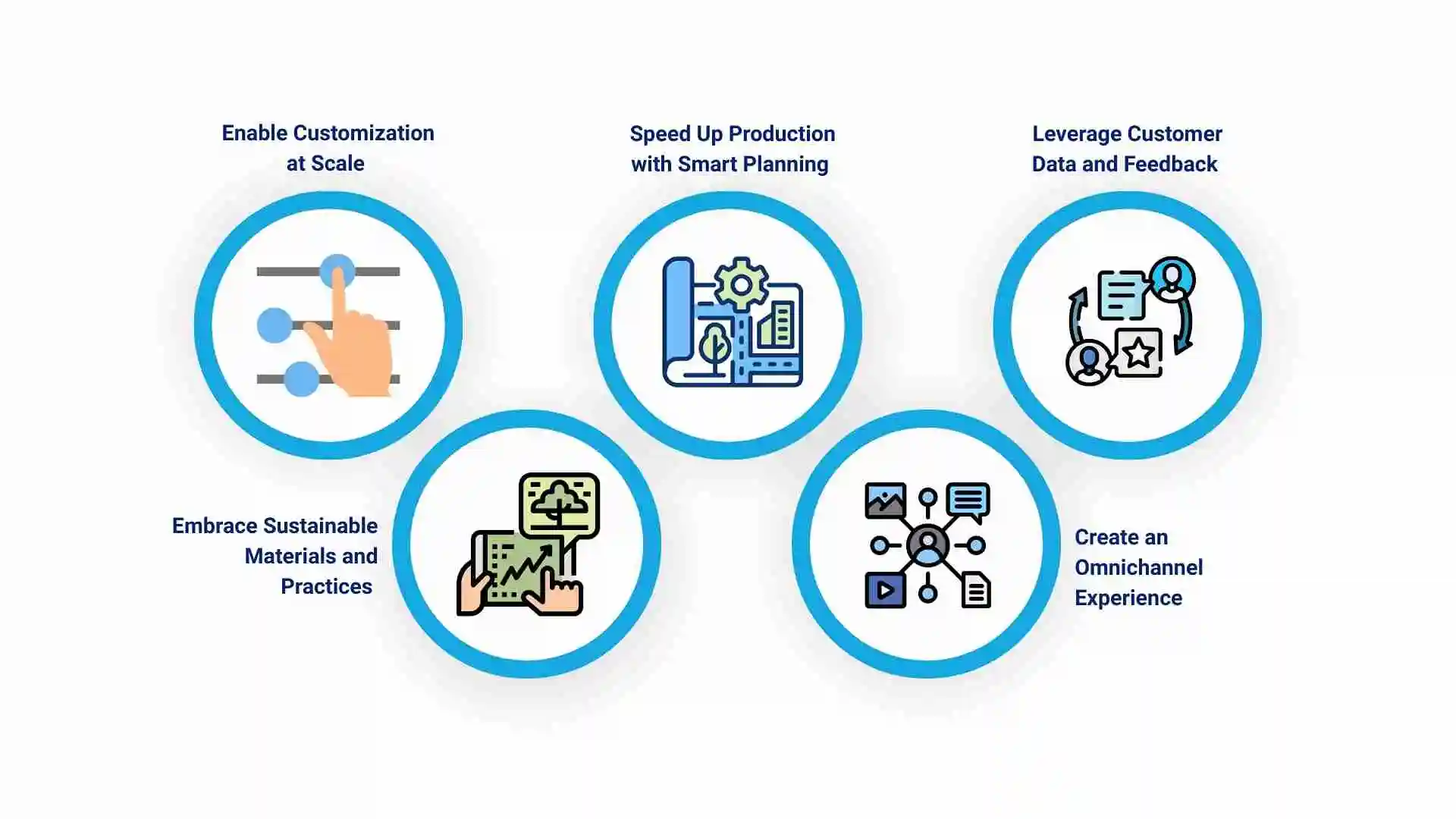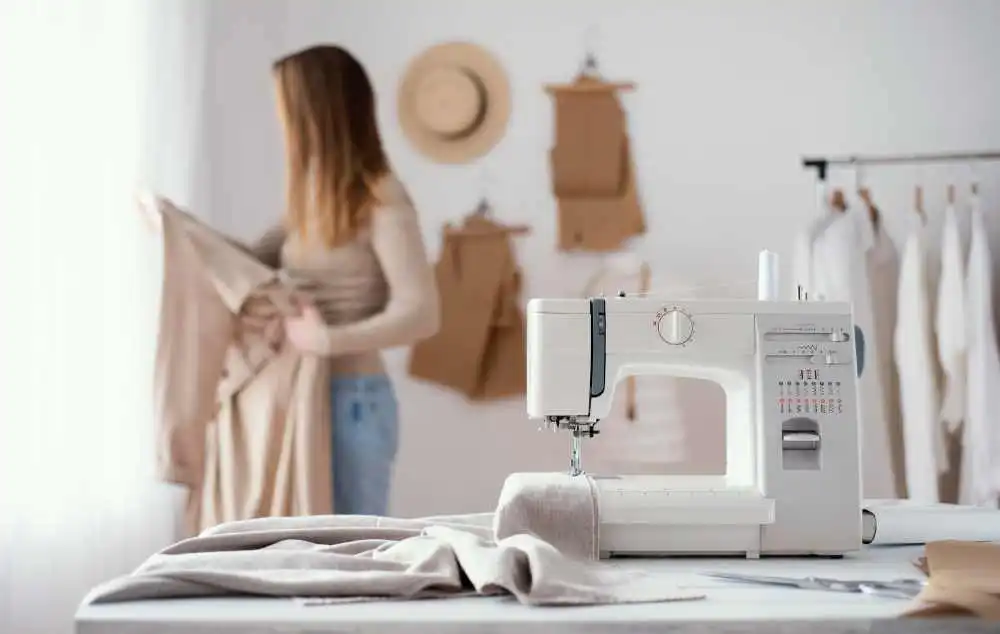Adapt to Upholstery Customer Preferences Through Better Personalization
How Upholstery Manufacturers Can Adapt to Evolving Customer Preferences in 2025
Did you know that over 70% of customers now expect custom furniture options before making a purchase decision? The upholstery market is no longer what it used to be. In today’s fast-paced, style-conscious world, upholstery customer preferences evolve faster than production cycles. Consumers are now driven by personalization, eco-conscious choices, fast delivery, and seamless digital experiences.
For upholstery manufacturers, this shift presents both a challenge and an opportunity. Staying relevant means understanding the new upholstery customer preferences and updating business models to meet rising expectations. Let’s explore how upholstery manufacturers can navigate this evolving landscape successfully.
Understanding Evolving Upholstery Customer Preferences
In today’s fast-changing market, upholstery customer preferences are no longer only limited to comfort and appearance. Modern buyers are influenced by upholstery market trends in sustainability, technology, and lifestyle. To stay relevant, upholstery manufacturers must understand these evolving preferences—what customers prioritize, how they shop, and why they choose one brand over another. This insight is key to developing products that resonate, retain loyalty, and stand out in a highly competitive space.

- Personalization is key – Customers want to choose everything from fabric texture to cushion density and even frame shape. They want custom furniture that reflects their personality.
- Eco-conscious decisions – More buyers prioritize sustainable materials, recycled fabrics, and ethical production.
- Speed and convenience – Long delivery timelines are no longer acceptable. Shoppers want quicker turnarounds with real-time order tracking.
- Tech-savvy expectations – Consumers explore, compare, and customize products online before walking into a store.
- Aesthetics meet functionality – Upholstery is now about form and function—buyers want beautiful, ergonomic, and durable pieces.
These evolving demands require manufacturers to rethink the way they design, produce, and market upholstery products.
Challenges Upholstery Manufacturers Face
Despite growing opportunities, adapting to upholstery customer preferences isn’t easy. Manufacturers often face several hurdles:
- Rigid production systems that aren’t designed for custom orders.
- Sourcing sustainable materials while maintaining cost-efficiency.
- Slow response to upholstery market trends due to limited digital tools or outdated data.
- Disconnected customer experiences between physical showrooms and online platforms.
- Manual processes that slow down delivery and impact customer satisfaction.
Ignoring these challenges means falling behind in a competitive market where customer loyalty is hard to earn and even harder to maintain.

Strategies for Adapting to Upholstery Customer Preferences
Upholstery manufacturers must rethink their traditional processes and embrace change to remain competitive. From product design to customer engagement, every aspect of the business needs to be more agile, responsive, and forward-thinking. To thrive in this dynamic landscape, manufacturers must evolve strategically. Below are five key strategies that can help upholstery businesses stay ahead of the curve and meet modern upholstery customer preferences head-on.
Enable Customization at Scale
- Allow customers to personalize products without slowing down operations.
- Use digital configurators on your website or in-store kiosks.
- Offer a range of fabric, color, and design options with 3D previews.
- Automate order processing for custom configurations.
Embrace Sustainable Materials and Practices
- Make sustainability part of your brand promise.
- Source eco-friendly fabrics like organic cotton, bamboo, or recycled textiles.
- Highlight your efforts through transparent labeling and certifications.
- Use low-VOC adhesives and reduce waste in packaging and shipping.
Speed Up Production with Smart Planning
- Meet delivery expectations with optimized production cycles.
- Implement AI-powered ERP software like iTexClouds for demand forecasting and scheduling.
- Adopt just-in-time inventory to reduce excess and avoid shortages.
- Streamline supplier collaboration to avoid last-minute delays.
Create an Omnichannel Experience
- Connect offline and online touchpoints for a seamless buying journey.
- Integrate showroom visits with online customization tools.
- Offer click-and-collect options or in-store pickups for online orders.
- Ensure consistent product availability and pricing across channels.
Leverage Customer Data and Feedback
- Stay on top of upholstery market trends by listening to what your buyers want.
- Monitor social platforms and design trends regularly.
- Collect customer reviews and conduct short surveys.
- Analyze data to understand popular product combinations and new demands.
Future Trends for Upholstery
Looking ahead, several trends will further shape upholstery manufacturing:- AI and Automation – From virtual assistants helping customers customize furniture to smart inventory systems predicting demand, AI will play a central role.
- Sustainable Innovation – New bio-based materials, zero-waste production models, and energy-efficient factories will define industry leaders.
- AR/VR Shopping Experiences – Augmented reality apps will allow customers to visualize furniture in their space before they buy.
- Smart Furniture – Upholstery with embedded tech for comfort adjustment or health monitoring is on the rise.
- Circular Economy Models – More brands will offer furniture buy-back, recycling, or refurbishment programs to appeal to eco-conscious buyers.

The upholstery industry is undergoing a customer-led transformation. As upholstery customer preferences continue to evolve, manufacturers must go beyond traditional methods and focus on delivering flexibility, sustainability, speed, and digital convenience.
By embracing new technologies, refining production processes, and understanding what today’s customer truly values, upholstery businesses can not only meet expectations—but exceed them. The future belongs to agile manufacturers who are willing to innovate and adapt.
In a market where personalization and purpose matter, now is the perfect time to align your manufacturing strategy with the voice of your customer.

